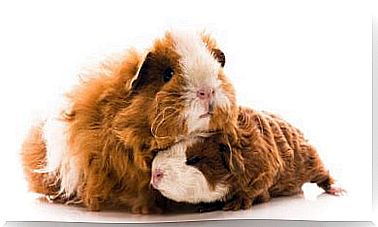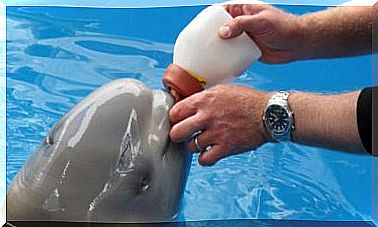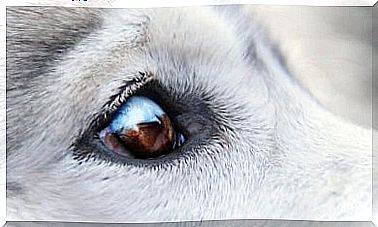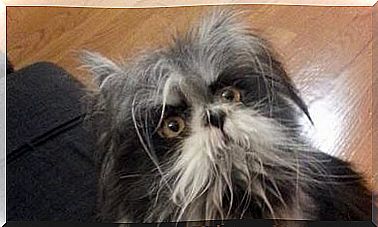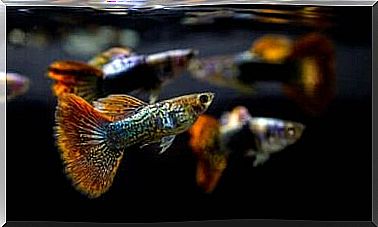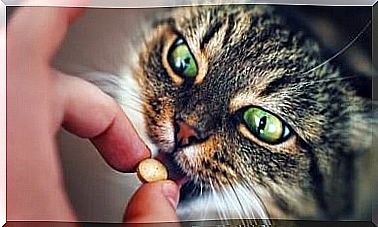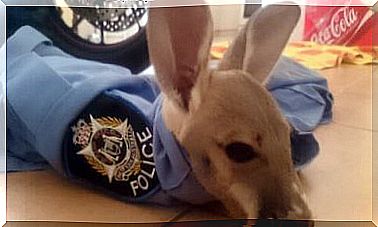Vulture Species In Spain
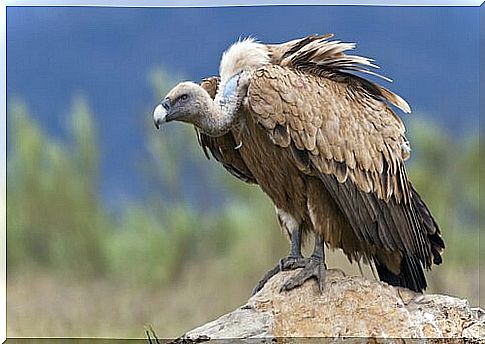
There are several species of vultures in Spain, which makes this country one of the last refuges for scavengers in Europe. The vulture’s role in the ecosystem makes Spain necessary as a sanctuary for these birds, although there are still serious threats.
These birds guarantee the potability of water and are part of the constant flow of energy produced in ecosystems: without the vultures, the decomposition of corpses is slow and can lead to contamination and disease.
There are four different species of vultures in Spain, and they all have an anatomy that makes them unmistakable from the rest of the birds of prey.
Species of vultures in Spain: fouveiro vulture
Of all the vulture species in Spain, the vulture (Gyps fulvus) – the photo that opens this article – is the most abundant of all. It is characterized by a brown plumage and a featherless head and neck, which end in a collar with whitish plumage.
This particular morphology is due to the fact that it is the most specialized scavenger to place its head on the abdomen of large corpses, so that the neck feathers are an obstacle. This animal weighs nine kilos and exceeds eight feet in length and, like most vultures, has a strong beak.
The fouveiro is found in much of Europe, Africa and Asia. It was on the verge of disappearing along with other species in India, which caused a gigantic health crisis due to the use of drugs in cattle that were toxic to this animal.
In Spain, it can be found in most mountains, except in some coastal mountains in the Mediterranean or in areas like Galicia. Even so, it is a bird that travels great distances and it is not uncommon to see it in unusual enclaves.
egypt vulture
The Egyptian Vulture (Neophron percnopterus) is the smallest of all Spanish vulture species. Although it has large populations in Africa – hence it is known as the Egyptian vulture – the truth is that the last surviving populations in Europe are on the Iberian Peninsula.
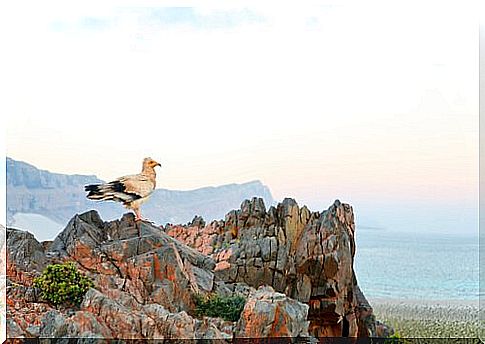
This bird is very particular: its white plumage with a dark finish contrasts with its yellow face, which merges with its beak that looks like a mask. His use of tools is very surprising: he consumes carrion and bones, over which he drops stones to break them.
bearded vulture
Unlike the fouveiro, the population of bearded vultures (Gypaetus barbatus) is much smaller, in Spain there are only 100 pairs. Despite its small number, it remains the healthiest population in Europe, which gives an idea of the persecution these birds have been subjected to in the West.
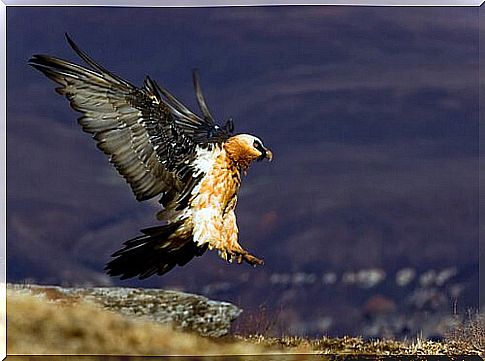
Its name is due to its way of obtaining food, which some consider another proof of the use of tools on animals : this bird drops bones from a great height to break them and thus obtain marrow.
At the international level, it is a species that is not threatened. Again it’s hard to confuse: similar in size to fawn, it has a mask that starts in its yellowish eyes. It is an animal with cream hues on its head and a great abundance of beard-shaped feathers, while its wings are dark.
black vulture
The dark lord of the European scavenger is the black vulture ( Aegypius monachus ). It surpasses all species in wingspan (distance from the tip of an open wing to the other), because it can reach up to three meters. It has a black plumage, with some shades of brown, while the beak is white with a black tip and has a brown cap.
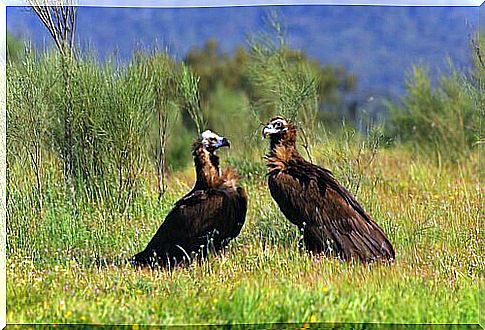
Less abundant than its relatives, it uses stones at a lower height, which makes it opt for carrion from smaller animals, such as the rabbit, although it also makes the dumps a traditional restaurant.
In Europe, there are only 1,700 pairs, and it is considered that 80% of them are in the Iberian Peninsula, especially in Monfragüe, considered the largest nesting area of this species on the planet.
